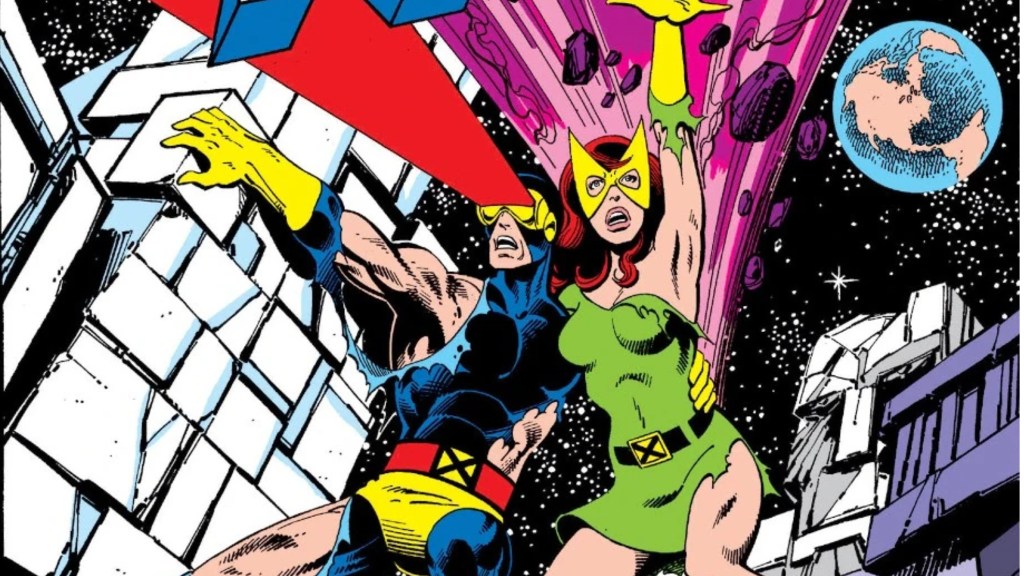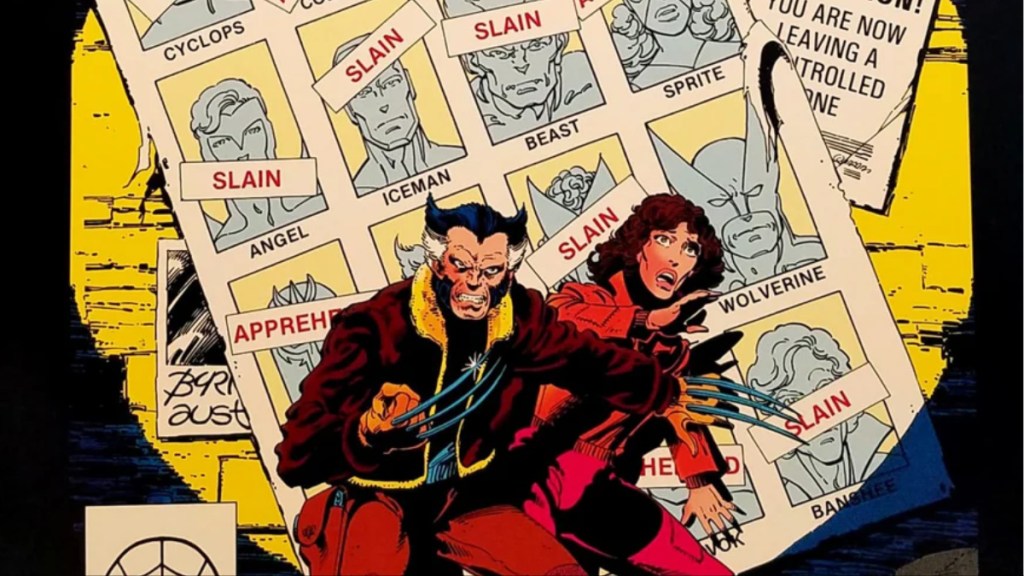
The X-Men are big business nowadays, and have been for over fifty years, but that wasn’t always the case. The original run of X-Men, #1-66, was probably the least popular of Silver Age books. The comic sold well enough to exist, but not well enough to tell original stories, and it became a reprint book from issue #67 to #93. However, 1974 would see Giant-Size X-Men #1 come out and change the world. Len Wein and Dave Cockrum took the basics of the X-Men and breathed new life into them, getting fans to turn in. Wein, however, wouldn’t write X-Men #94; that job would go to a writer that would change the X-Men — and comics — forever: Chris Claremont.
Chris Claremont wrote X-Men/Uncanny X-Men for 17 years, from 1974 to 1991, returned in 2000 for about a year, came back in 2004 for about three years, and has since written multiple X-Men miniseries. Claremont is responsible for some of the greatest X-Men stories, creating the characters and concepts that made the X-Men famous. Claremont gets a lot of credit for his work, but we don’t really talk about how important Chris Claremont was to the maturation of the comic medium. Claremont’s work on the X-Men was groundbreaking, and there hasn’t been an X-Men writer as revolutionary as Claremont since.
Claremont Brought a Maturity to Comics That Presaged the Future

It’s hard to know where to start with Claremont, but as with all things X-Men, I like to point to “The Dark Phoenix Saga”. “The Dark Phoenix Saga” is the greatest Marvel story ever. It combines amazing superhero action with a scope that is truly universal in its reach, all while telling a tragic story that Claremont had cooked up with artists Cockrum and John Byrne since X-Men #101. “The Dark Phoenix Saga” is a Greek tragedy in comic form. Now, this wasn’t new — comic writers had been telling tragic stories that echoed the greats for years by the time “The Dark Phoenix Saga” came out. However, there’s something about the way Claremont wrote, his prose really selling the feelings of the characters in the story. Seriously, go back and read it again. You’ll find a story with amazing emotional resonance, one that stays with you long after you put it down. “The Dark Phoenix Saga” is Claremont at his finest, but it’s also just the beginning.
What made Claremont’s work so great is the way he wrote. Early Claremont follows the storytelling standards of the day — mostly short one or two issue stories, made so that kids picking the books up from spinner racks wouldn’t get too confused if they missed an issue, with longer plots happening in the background that would blossom into stories in the future. However, there was something about Claremont from the beginning. His grasp of character was amazing, and his sumptuous prose really drew readers in. Claremont can get very word-y, but that’s the strength of the writing; you are drawn into the story, into the characters, with every caption box and thought balloon. Claremont wasn’t afraid of getting adult at a time when most readers were kids and teens. He didn’t shy away from five dollar words. He never treated the young readers like children, and that made a huge difference.
RELATED: 10 Greatest X-Men Villains (And You Think One Is a Hero)
Creators like Frank Miller and Alan Moore get all of the credit for the maturation of the comic medium, but Claremont deserves his flowers for that as well. Look at a story like “God Loves, Man Kills”. This 1982 story was all about the role of religion in bigotry. This is a heavy subject and presages Moore’s work on Swamp Thing, where the British writer used the book to talk about serious subjects. Claremont took the civil rights metaphor that had always been a part of the X-Men and pushed it into the foreground. Claremont wasn’t afraid to turn a mirror to our society and constantly tried to push the envelope. Claremont wrote about sex and fetishes as well at a time when neither of those subjects were a part of superhero comics. X-Men fans like to talk about how every X-Man that Claremont wrote is bisexual, and that’s there as well. Claremont had to work within the strictures of the Comic Code Authority, but still found ways to talk about things that were verboten.
Look at something like “Days of Future Past”. It’s the kind of story you would have read in a sci-fi anthology in the 1950s, and it started a trend of dark futures in comics. Claremont’s books were always diverse at a time when that really wasn’t a thing. Claremont set the standard for what comics would be in the future in the ’70s and ’80s, doing work that set the groundwork for aforementioned creators like Miller and Moore to push comics forward. Claremont created a universe out of the X-Men, and used that universe to talk about mature subjects at a time when that wasn’t a thing. Yet he doesn’t get the credit he deserves because X-Men/Uncanny X-Men was the most superhero book of them all.
Chris Claremont Showed Readers the Future

Giant-Size X-Men #1’s success made the X-Men popular again, but there’s a very good chance that without Chris Claremont, we wouldn’t be talking about the X-Men right now. Claremont was able to take the ideas of Lee and Kirby’s original X-Men series, and used them to tell the best superhero stories of his era. Claremont is often left out of the conversation when it comes to the greatest writers in comics, but that is extremely unfair. Claremont did amazing work for almost twenty years on the X-Men, and while his later runs aren’t as great, they’re still entertaining comics.
Claremont’s work on X-Men/Uncanny X-Men was revolutionary. He changed the way superhero comics worked, and the maturity of his work paved the way for everything we have now. Claremont created stories and characters unlike anything we had seen, and we’re living in a comic industry that Claremont helped change forever.
The post I Think Chris Claremont is the Most Revolutionary X-Men Writer (& Here’s Why) appeared first on ComicBook.com.
